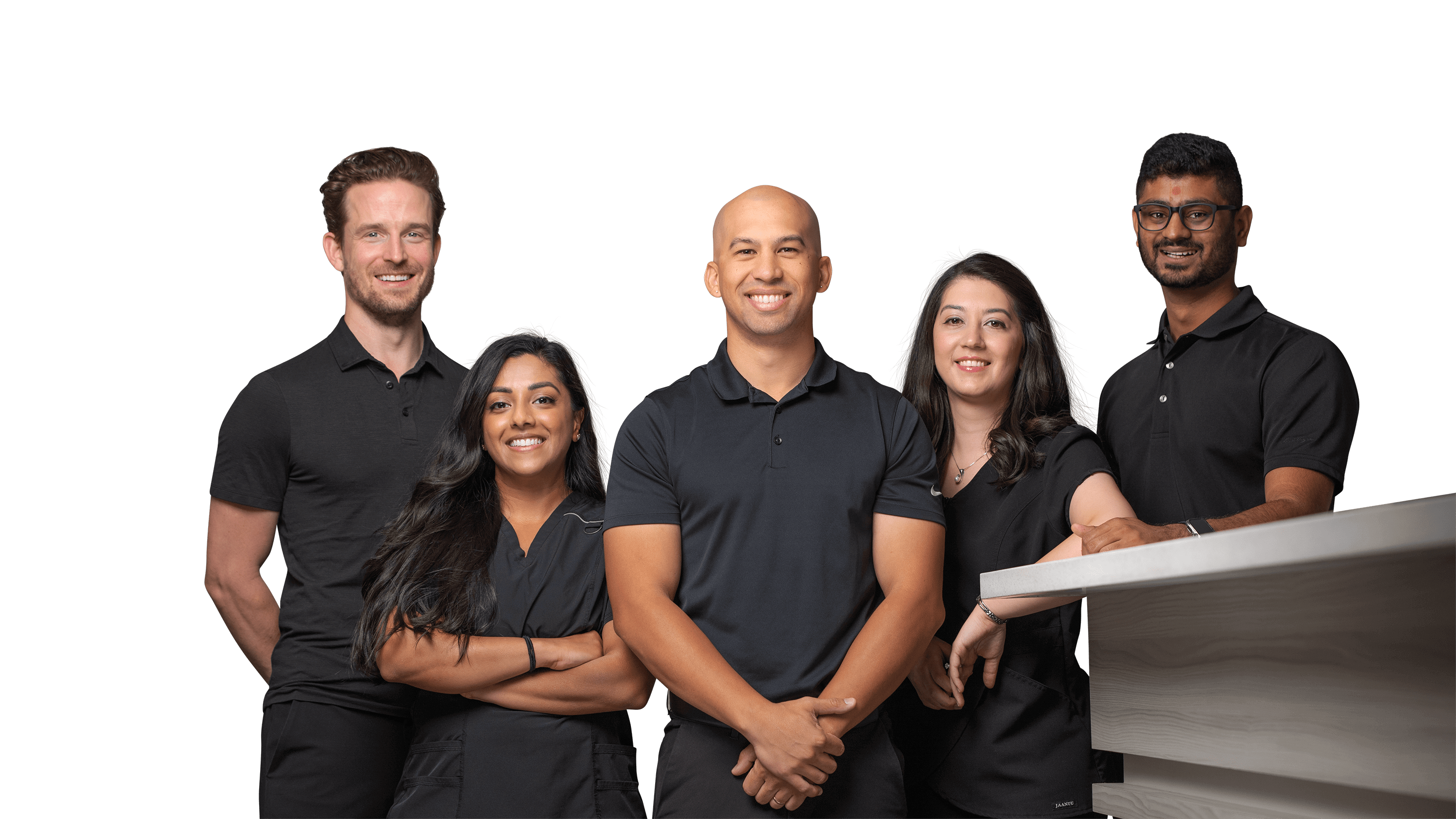In Toe/Out Toe Gait

Medical terminology: in-toe/out-toe gait
Abnormal toe position while walking, whether its in-toed or out-toed gait, are caused due to an over rotation (in-toed) or under rotation (out-toed) of the lower extremity not allowing the toes to point straight.
These gait conditions are most commonly seen in toddlers and young children due to their bodies ever changing positions throughout development. Naturally, babies are born with their hips externally rotated and knees “bowed”. As babies develop into young children, they experience internal rotation of the lower body creating straighter feet and knee positions. Due to the flexible nature of young children, they experience “over rotation” which creates the in-toed appearance while other children are “stuck” in the externally rotated position creating the out-toed appearance.
Most of these gait issues will resolve with normal development but if they don’t, it will be much harder to correct in adulthood due to the more rigid position/function of the lower body once development is complete.
There are 3 main reasons why in-toeing/out-toeing happen
- Abnormal amount of rotation at the hip or knees
- Structural abnormality affecting amount of rotation at the hip or knees
- Structural abnormality of the feet causing it to be pointing more inwards or outwards
How can you treat?
- Serial casting – if caught early enough, weekly casts are used to help realign abnormal structures as their lower body develops
- Bracing devices – device is used to hold child’s feet/legs in a certain position to promote proper structure
- Orthotics – special feature known as a “gait-plate” may help reduce in/out-toeing
- Physiotherapy – stretches and exercises that promote proper development of the lower body and proper gait
- Time – majority of cases will grow out of most in/out-toed gait
Recommendation to prevent the issue:
- Avoid “W” position when sitting: this common position for children increases internal rotation of the knees and hips which could lead to an in-toed gait.
- Early detection – discuss with your family doctor/pediatrician if you notice something unusual. Don’t be afraid to ask to see a foot specialist or physiotherapist for a second opinion.
- Physiotherapy – seeing a physiotherapist can be extremely helpful to guide you through some basic stretches and exercises that help promote proper lower body movement and function
